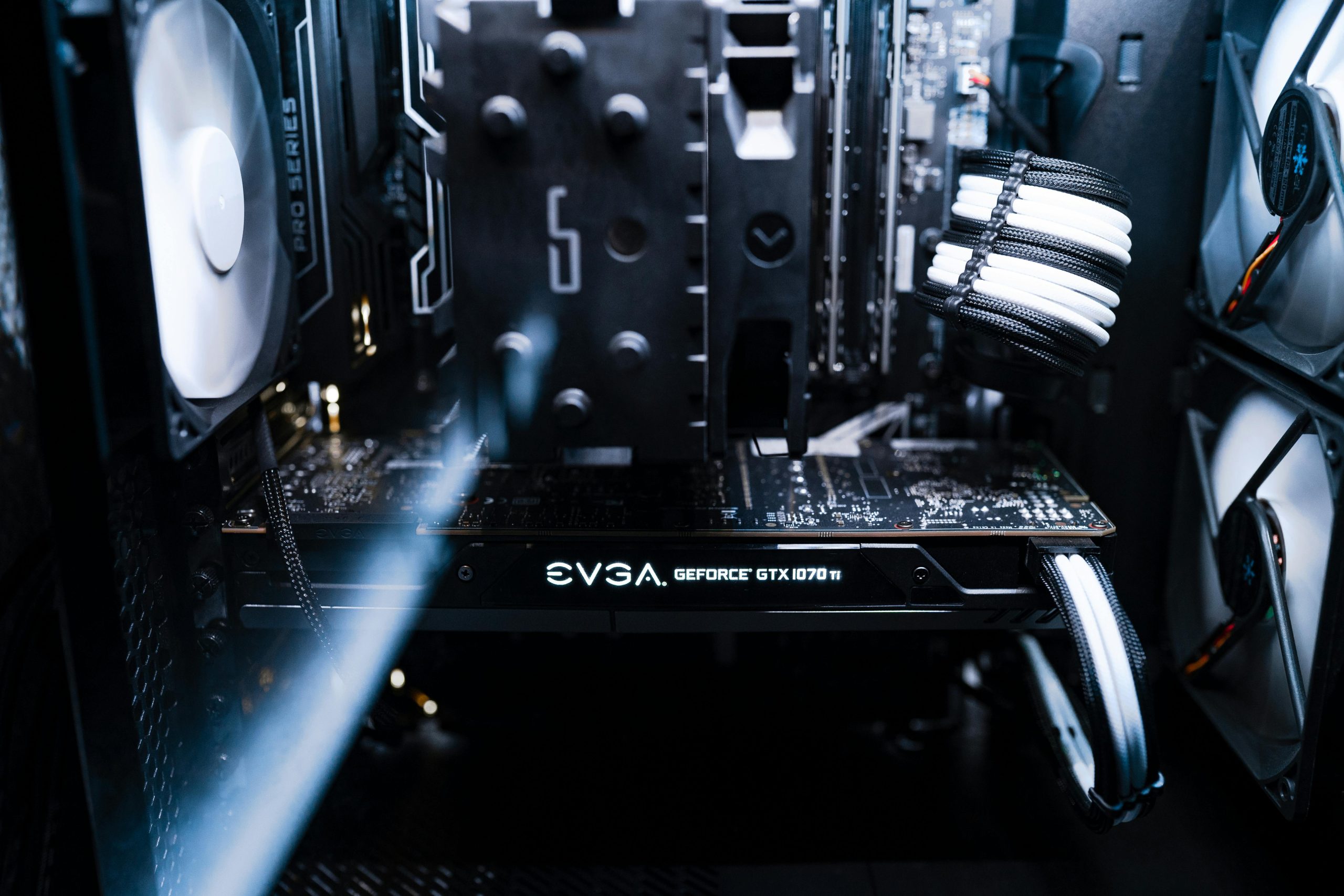Understanding and Troubleshooting Random Restarts After CPU and Motherboard Upgrades: A Detailed Guide
Upgrading your PC’s core components such as the CPU and motherboard can significantly boost performance. However, it sometimes introduces unexpected issues, including random system restarts that can be challenging to diagnose. This comprehensive guide discusses common causes, diagnostic steps, and potential solutions for addressing such problems, focusing on cases similar to recent hardware upgrades.
Scenario Overview
Recent hardware upgrade:
– CPU: AMD Ryzen 5 5600
– Motherboard: Gigabyte A520M-K V2 (BIOS version FC)
– Cooling: Be Quiet! Pure Rock Slim 2
– Graphics Card: NVIDIA RTX 4060
– Memory: 16GB DDR4 2400MHz
– Power Supply: 500W 80+ Bronze
– Storage: SATA SSD and NVMe SSD
Issue:
– The system experiences spontaneous restarts without warning or Blue Screen of Death (BSOD).
– Event Viewer logs indicate Kernel-Power (Event ID 41) and WHEA Logger errors.
– Restarts occur during both gaming and idle periods.
Common Causes for Post-Upgrade System Instability
-
Power Supply Instability
Inadequate or faulty power supply units can cause voltage dips or spikes, leading to sudden shutdowns. Although a 500W PSU generally suffices for this configuration, quality and stability are critical. -
Motherboard or VRM Issues
The VRM (Voltage Regulator Module) on the motherboard supplies power to the CPU. An overloaded or poorly cooled VRM can trigger system instability, particularly with newer, power-hungry CPUs. -
CPU Mounting or Cooling Pressure
Improper CPU cooler installation, insufficient mounting pressure, or thermal interface issues can cause the CPU to operate outside stable parameters. -
BIOS Compatibility and Settings
BIOS version may not fully support certain features or chipsets, leading to issues. Incorrect BIOS settings, such as overclocking or improper voltage configurations, can also cause instability. -
Hardware Conflicts or Short Circuits
Loose screws, standoffs, or improper grounding can cause short circuits. External devices or mismatched RAM modules might contribute as well.
Diagnostic Steps and Troubleshooting Tips
1. Monitor System Temperatures and Voltages
Ensure temperatures are
Share this content:



